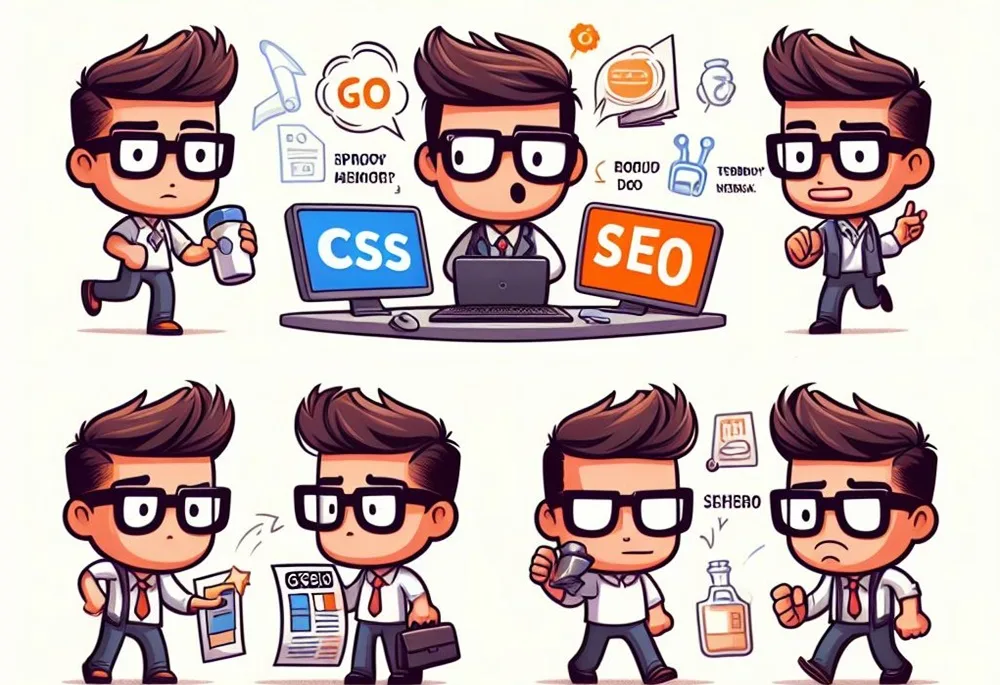Accessibility and SEO: The Full Guide

Accessibility and SEO are two key components of effective website design. Accessibility ensures that all users, regardless of physical or cognitive ability, can use and navigate websites.
SEO (Search Engine Optimization) refers to strategies used to improve the visibility of a website in search engine results pages, or SERPs. But how do accessibility and SEO go together?
In this article, we will explain what web accessibility is, if it really affects SEO, and what are the best practices to optimize the accessibility and SEO of your website.
Table of Contents
What is Web Accessibility?

Web accessibility is the practice of making websites usable and navigable for everyone, regardless of physical or cognitive ability.
This includes people with visual impairments, color blindness, hearing impairments, motor disabilities, and learning disabilities.
Web accessibility is also about creating a website that is user-friendly for everyone. For example, it should be easy to read, easy to navigate, and easy to use.
It should be optimized for mobile devices and tablets, and it should have a consistent user interface.
Does Accessibility Affect SEO?
Google does not directly rank websites based on accessibility, but it does consider factors that align with accessibility best practices.
The holistic SEO approach encourages a well-structured website that uses proper HTML elements for headers, links, and other content aids both accessibility and Google’s understanding of your site.
Similarly, alt text for images not only supports visually impaired users but also allows Google to better understand and index the image content.
Moreover, using audio text alternatives for videos and transcripts for audio content improves the accessibility of a website while also providing additional information that Google can use to rank the site.
Overall, while there is no direct correlation between Google’s ranking algorithm and accessibility, implementing accessible practices can ultimately improve a website’s SEO performance.
Does Google Rank on Accessibility?
As accessibility isn’t considered a direct ranking factor, as mentioned above, it does affect your SEO and can indirectly affect a website’s rankings.
However, Google does not rank websites based solely on their accessibility since other factors contribute to a website’s ranking, but the better the accessibility – the higher the chance of getting more traffic.
When choosing an SEO service, make sure to look for one that understands the importance of accessibility in their strategy.
Want More Traffic?
Best Practices to Make a Site More Accessible in SEO
1. Use Descriptive Page Titles
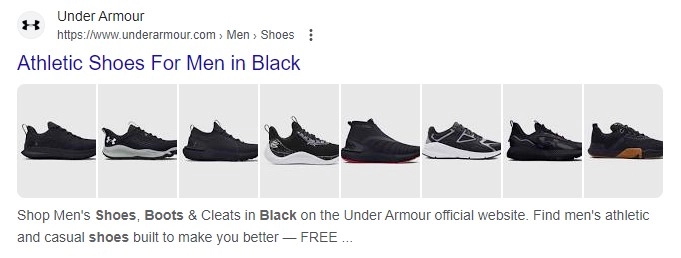
Page titles should be descriptive and unique, as they are one of the first things that search engine crawlers detect.
Page titles also play an important role in SEO since they are displayed in SERPs, so it’s important to make them as descriptive and engaging as possible.
2. Use ALT Text for Images
Using ALT text for images is a great way to make them accessible in SEO.
ALT text describes the content of an image, and it is used by people with visual impairments who use screen readers to access websites.
ALT text also helps search engine crawlers understand the content of an image, which can improve the ranking in SERPs.
3. Optimize for Mobile Devices and Tablets
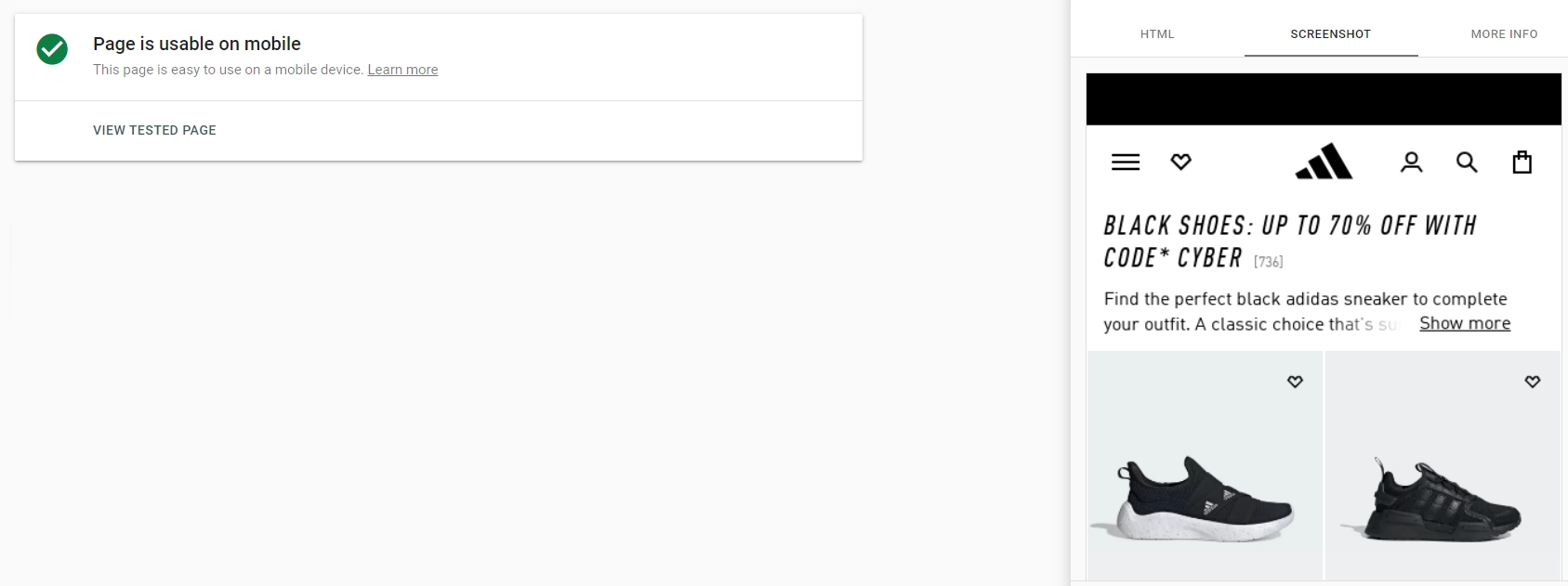
Ensure your website is optimized for mobile devices and tablets, as this can help improve rankings in SERPs.
Also, make sure that the user interface is consistent across all devices and that the website is easy to navigate.
4. Use Proper Headings and Structure
It’s important to use proper headings and structure for your website. Headings should be descriptive and should provide a clear hierarchy.
This will make it easier for users to navigate the website, as well as easier for search engine crawlers to crawl the content.
5. Provide Alternative Text for Links
Alternative text is used to describe links and their destination. This is important for accessibility and SEO, as it helps search engine crawlers understand the links and improves rankings in SERPs.
It is also important for people with visual impairments who use screen readers to access websites.
6. Use Clear Language and Formatting
The language and formatting used on a website should be clear, concise, and easy to read.
Therefore, using methods of semantic SEO will make it easier for search engine crawlers to crawl and understand the content, as well as easier for users to read and access it.
The formatting should also be consistent throughout the website to improve readability.
7. Use Accessibility Testing Tools
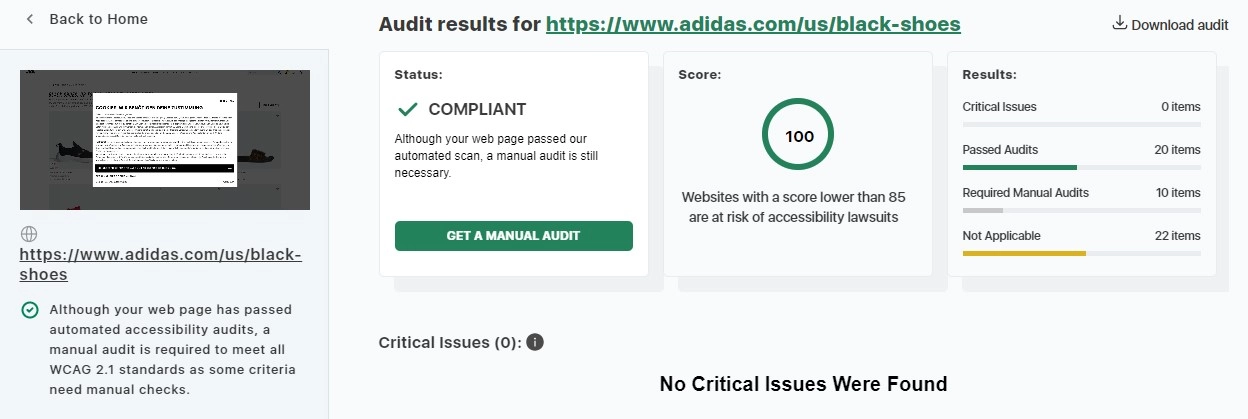
It’s important to use accessibility testing tools to make sure that your website is accessible and optimized for SEO.
These tools can help you identify any issues with your website’s accessibility and allow you to quickly fix them before they become a problem.
These tools also provide an overview of how accessible your website is, which can help you make sure it is fully optimized for SEO.
8. Use Captions for Videos
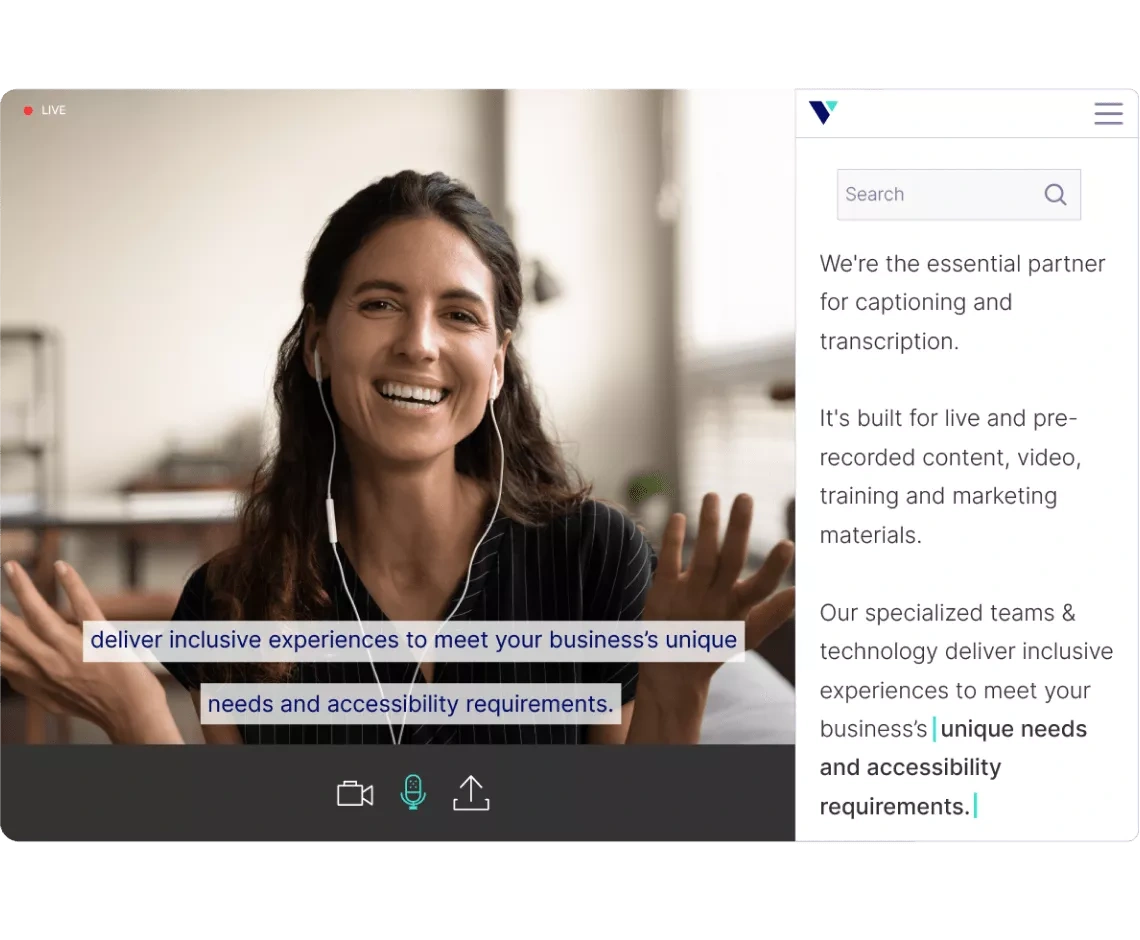
Using captions for videos is a great way to make them accessible and optimize them for SEO.
Captions provide a text alternative to videos, which makes them accessible to people with hearing impairments or those who cannot access the video.
Captions also help search engine crawlers understand the content of a video, which can improve the ranking in SERPs.
9. Use Accessibility Plugins
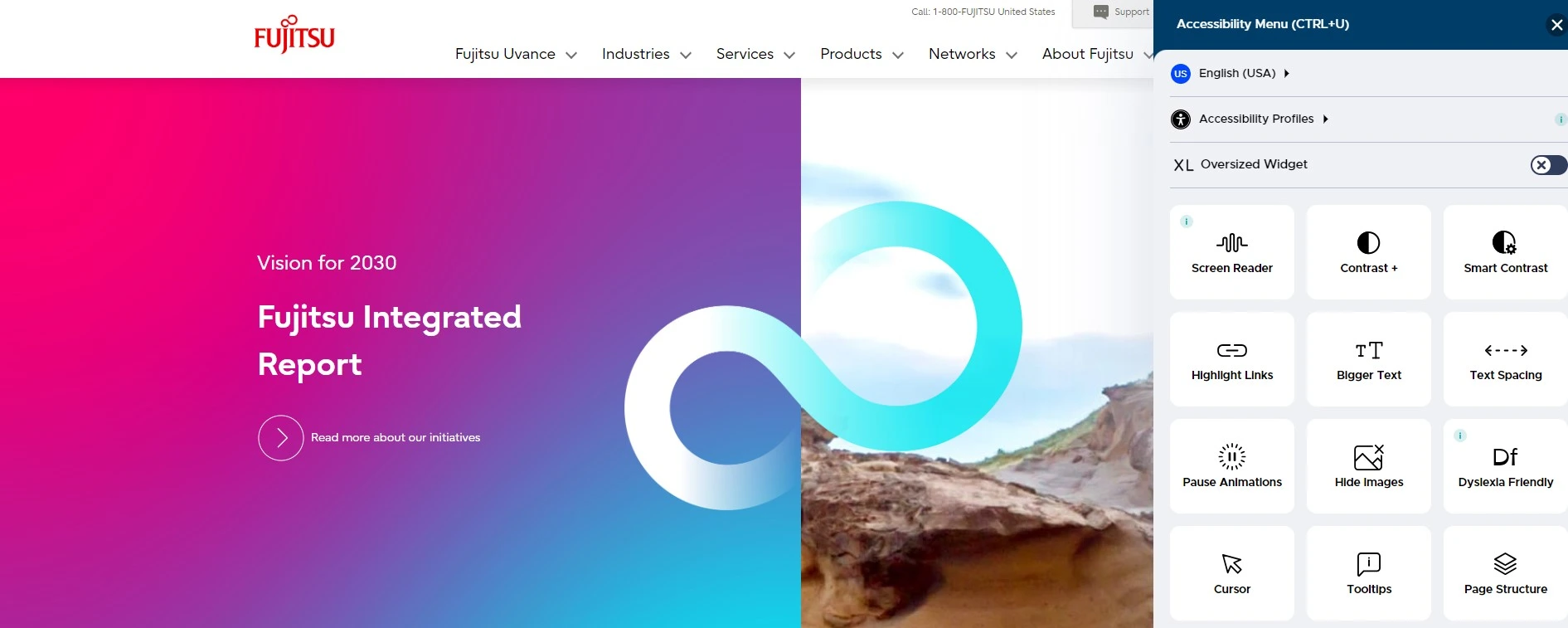
Using accessibility plugins is another great way to make sure your website is optimized for SEO and accessible.
These plugins can help you quickly fix any issues with accessibility and provide additional features to make your website more accessible.
They can also help you improve the overall user experience, which can lead to higher rankings in SERPs.
10. Use Medium/Large Fonts
Using medium/large fonts is an important factor for accessibility. Fonts that are too small can make it difficult to read, especially for users with visual impairments.
Making the fonts easy to read can also help with improving the time on site and bounce rate.
11. Use Transcriptions for Audio Content
Using transcriptions for audio content is a great way to make it accessible and optimize it for SEO.
This can help search engine crawlers better understand the content, as well as provide a text alternative for people with hearing impairments.
It can also improve the user experience by allowing users to easily read the content instead of having to listen to it.
12. Use Audio Articles as an Alternative Option

For people with visual impairments, audio articles can provide an alternative way to access website content.
Audio articles are often more accessible and easier to navigate, as they are read aloud by a computer voice. This can help improve the user experience and provide an alternative way to access website content.
13. Make Podcasts Accessible
Podcasts can be a great way to engage users and provide an alternative way of accessing website content.
However, it’s important to make sure they are accessible and optimized for SEO. This can be done by providing transcripts, captions, and audio descriptions of the podcast content, as well as ensuring the content is crawlable by search engine crawlers.
14. Make Sure the Color Contrast is Sufficient
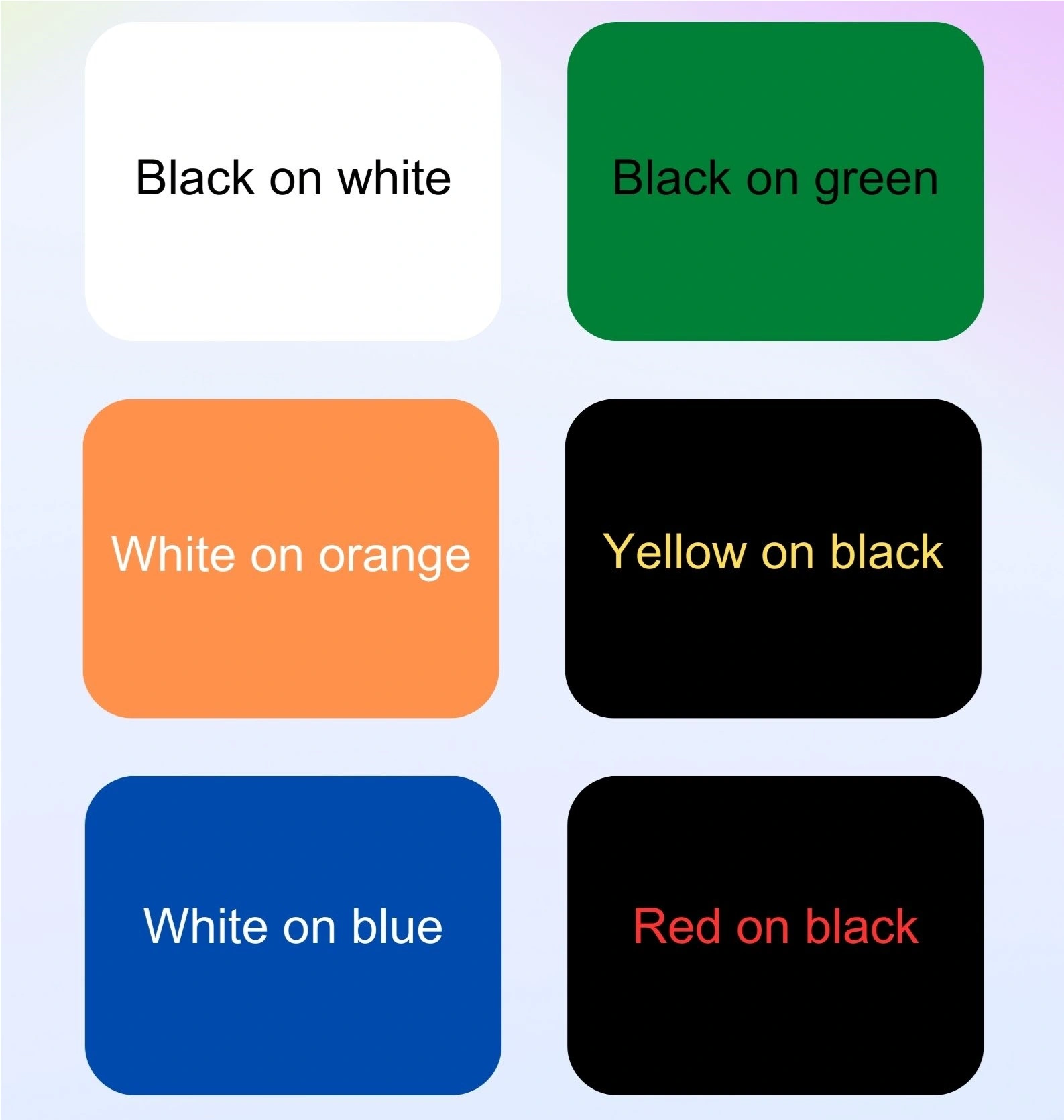
Having a good color contrast between text and background colors can help improve the accessibility of a website.
This will make it easier for users to read the text, especially for those with visual impairments. It is also important to ensure that all links are visible and distinguishable from the surrounding text.
How to Check a Site’s Accessibility Level?
1. Use Tools Like Screaming Frog
The Screaming Frog SEO Spider is a tool that can help you check the accessibility of a website. It crawls your website and looks for any accessibility issues, such as missing ALT tags or broken links.
It also checks the page’s SEO structure, including titles, headings, and meta descriptions.
2. Perform a Manual Check
It’s also important to check the accessibility of your website manually. This involves going through the website and making sure that all of its elements are accessible, such as images and buttons.
3. Use a Color Contrast Analysis Tool
Color contrast analyzers can help you check the legibility of text by comparing the color contrast between text and background colors.
This can help you make sure that all of your text is easily readable for users with visual impairments.
4. Use an Online Accessibility Checker
Online accessibility checkers allow you to type the site’s URL and instantly analyze its accessibility level.
These tools provide a comprehensive report of any issues and can help you quickly identify and fix any problems with your website’s accessibility.
5. Browser Extensions
Browser extensions for accessibility are also useful tools for checking website accessibility.
They allow you to check the accessibility of a website by quickly scanning the page and displaying any issues it finds. This can help you quickly identify any problems with your site’s accessibility.
Why is the Accessibility of Content an Important Factor in Mobile SEO?
Search engines are increasingly focusing on the accessibility of content when crawling mobile websites.
This is because users expect their content to be easily accessible, regardless of their device or browser.
If a website is not optimized for mobile, then its content may be difficult to access and understand, which can lead to lower rankings in mobile search results.
Additionally, having an accessible website means that it will be easier for users to navigate and use, which can help improve the overall user experience.
Making sure your website is accessible and optimized for mobile can help you improve its search engine rankings and attract more organic traffic to your website.
It can also help ensure that your content is easily accessible for all users, regardless of their device or browser.
Conclusion
Making sure your website is accessible to all users is an important step in improving its SEO.
By optimizing the website for accessibility, you can make sure that all users have an equal opportunity to access your content, which can help improve the website’s search engine rankings.
Additionally, by ensuring the website is optimized for mobile devices, you can help improve the user experience and attract more organic traffic to the site.
Checking your website for accessibility issues can help you quickly identify any problems and ensure that your content is accessible to all users.
Using tools like Screaming Frog and online accessibility checkers can help you easily check your website for any issues.
Making a website more accessible is not for SEO purposes but for the benefit of all users.

Moshe Ben Haim
Moshe Ben Haim is an SEO expert and the founder and CEO of B.H Digital.
With over 7 years of experience in the field, Moshe has helped countless clients increase their visibility and reach potential customers online.
Before founding B.H Digital, Moshe worked as an SEO specialist at top-notch companies like Wix, 888 Holdings and Verbit.


